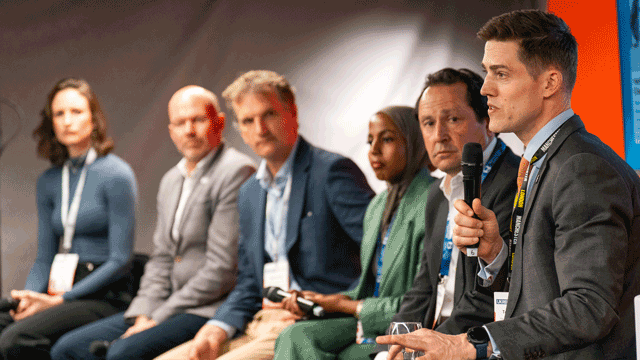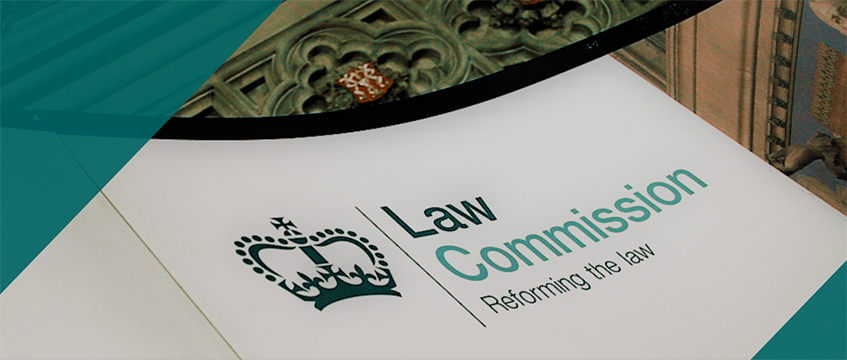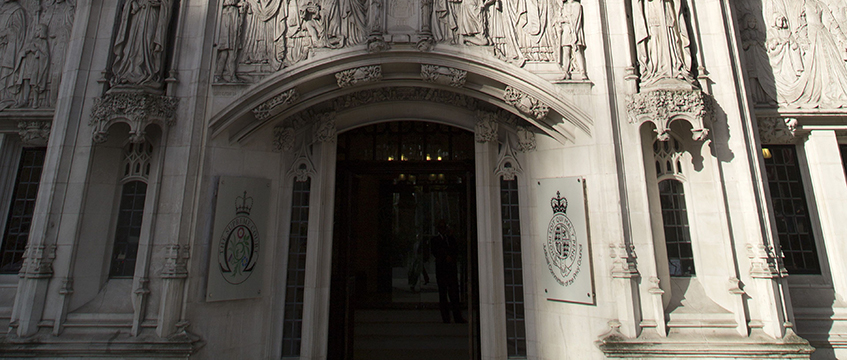Placemaking has become a hot topic over the last few years, and a lot has been written and said about a movement that has built up considerable momentum. With the government’s ambitious plans to build more and better homes, the focus is sharper than ever on how best to achieve those lofty aims, particularly against a backdrop of societal disquiet, economic uncertainty and rising costs. Timing is everything and, given the government’s agenda, developments with placemaking at their heart are likely to play a critical role in helping to deliver the government’s aspirations. This is great news for landowners looking to bring land forward for development, but how can landowners deliver these schemes in reality and what are the particular challenges that they present?
First things first: getting the purpose right
Approaching any placemaking development requires landowners to carefully test a set of key initial considerations. While the details can vary considerably from scheme to scheme, the principal factors to account for tend to remain the same. They include the landowner’s financial position, available capital, expertise, risk appetite and ultimate goals. Time spent in reconnaissance is seldom wasted, and that is particularly true for landowners considering embarking on a placemaking scheme – often the single most significant project any landowner will undertake.
One size definitely does not fit all here, but one basic, though often overlooked, question is: what are the landowner’s aims in undertaking the proposed placemaking development? Landowners can have myriad motivations in committing to these long-term projects, and understanding those on day one is key to ensuring that the landowner is doing the right thing for the right reasons, and that the right emphasis is being placed on the right points at the right time.
Some, but by no means all, of those reasons include:
A greater focus on design: A lot has been written about design-led schemes, on both sides of the argument, but doubtless design plays a major role in landowners’ thinking. This may be for purely aesthetic reasons, but design tends to play a pivotal role in placemaking schemes for the rewards it can bring in the long-run – both commercially and in binding together a contented community.
The delivery of high-quality mixed-use schemes: Placemaking schemes may be purely commercial or residential, but the virtues of the symbiotic relationship between the two has meant that mixed-use schemes represent the gold standard in placemaking. Again, this may be meeting a local need, but it may also bring greater financial rewards, not least of all a long-term income stream from the commercial elements.
Sustainability: Increasingly, an important reputational issue for landowners (long gone are the days of ESG box-ticking), a scheme’s sustainability credentials tend to be front and centre of a landowner’s placemaking considerations.
Community: A key driver may be the creation of a genuine community, rather than simply a settlement of a group of new homes and disparate employment uses. What the community may look like will vary considerably according to local need. A certain amount of amenity space, commercial buildings and community buildings are likely to be relevant for every legacy development, but depending on size, landowners may be obliged (or even wish) to deliver schools, GP surgeries and major community spaces.
Financial reward: There is a growing body of, often compelling, evidence of the merits of “patient capital” against the short-term returns represented by the quick buck. While a landowner’s financial circumstances and requirements will drive the thought process, we have seen a number of clients willing to play the long(er) game for their reward.
Stewardship: A key facet of placemaking schemes is the creation of a long-term legacy, for the landowner and the wider area with which the scheme is associated. How, and if, this is achieved will depend on various factors. Stewardship can take many forms but it is the watchword for placemaking projects.
Key issues for consideration
While the benefits of placemaking may be many and varied, there are challenges to factor into these developments.
Financing and economic viability: Securing financing for mixed-use developments can be trickier than for single use. The financial models often require more sophisticated structuring to cater for different revenue streams and tax issues. Lenders may see these projects as riskier because of their complexity and the need for a diverse tenant mix to protect economic viability.
Local opposition: Mixed-use developments can face pushback from local communities. Local residents may worry about increased traffic, a scheme which is not in keeping with the local area, and added pressure on local infrastructure – particularly schools and GP surgeries. It is essential to engage with the community early, listen to their concerns and address them through collaboration, thoughtful planning and design.
Design and construction challenges: Designing and building mixed-use developments is no mean feat. A single project needs to integrate varied uses and infrastructure, and phased delivery of different parts of the development. This complexity can lead to higher construction costs and longer timelines. The challenge is to create a masterplan that meets all the users’ needs while maintaining a cohesive look and functional framework.
Sustainability and environmental impact: In today’s world, it is increasingly important to go green by incorporating sustainable practices and minimising environmental impact. The project needs to integrate green infrastructure, reduce carbon emissions and enhance biodiversity. Providing both amenity and community spaces alongside commercial offerings is key.
A professional team: Using a professional team is vital to help the landowner make informed decisions on the best structure and choosing the right developer partner. If the site does not have planning or is not allocated in the local plan, then using a promoter, master developer or planning consultant will be invaluable in driving the planning process.
Structuring a placemaking development: Perhaps the single most critical aspect is establishing the level of landowner involvement and how to structure their financial return. Key considerations will be how the site’s promotion and development will be funded, as this will influence the chosen structure.
Pre-development: landowner delivery
Landowners can deliver schemes in a number of ways, depending on their risk profile, desired levels of control and preferred strategy in terms of returns. If the landowner prefers not to sell and wants more control or potentially higher returns, there are a number of potential arrangements for delivery. Most commonly we see the following:
Joint venture arrangement: The landowner and developer can enter into a joint venture contract (often dubbed a collaboration or framework agreement) or form a corporate body (typically a limited liability partnership) to document their relationship. It is crucial that both parties are aligned in their development approach and share common values regarding finance and long-term management.
Master developer: The landowner can join with a master developer who oversees the design, planning, funding, infrastructure provision and construction according to the landowner’s vision. The master developer can also help determine development principles and create the building manual and design code. These arrangements can take different shapes, from the purely contractual to a genuine joint venture – possibly including a third-party equity provider.
In-house delivery: The landowner can choose to deliver the scheme itself, retaining control and potentially achieving greater financial rewards. However, this approach involves significant capital investment and risk, especially if borrowing is required. The landowner must consider the demands on its time and resources and assess whether it has sufficient in-house expertise.
Pre-development: disposal strategy
Selling the site outright to a developer is a low-risk option that provides an early financial return. However, this may mean missing out on higher financial returns over a longer term. Additionally, the landowner may lose control over the scheme, which could lead to reputational issues if the developer’s delivery does not align with the landowner’s vision. Options include:
Build licence structure: In this arrangement, the developer receives a licence to build (rather than the land being transferred to the developer), and the landowner transfers the built units to end-users as directed by the developer. Typically, the landowner receives a licence fee and a percentage of each sale. This option lets the landowner impose safeguards to protect the scheme vision and design, but the developer’s chief concern will be whether it has a sufficient interest in the land to secure financing. Possible tax issues might also be a worry for developers adopting this structure.
Freehold transfer: This can be conditional (for example, the developer buys only if planning permission is granted) or unconditional. The landowner should register a restriction against the developer’s title to ensure the developer adheres to the design code and vision. Usually the landowner receives a premium, potentially in staged payments, but no share of sale proceeds. This structure is often preferred by the developer’s funder.
Development lease: The landowner grants the developer a (relatively short-term) lease to develop the site, subject to the conditions contained in the lease. Surrenders are taken and freehold disposals made as the site is built out. This strikes a middle ground between a freehold transfer and a build licence. Typically, the developer pays a premium for the lease and both the landowner and developer share the sale proceeds to end-users in agreed proportions. Funders like this arrangement because the developer has a proprietary interest in the development site and it still allows the landowner to exert reasonable control via their role as landlord.
Post-development: stewardship
It is crucial to think about the long-term future and stewardship of the placemaking development. This requires effective governance structures and management practices for long-term success. There are two fundamental aspects of stewardship to consider:
Development design protection and promotion: This is supported through a design code/occupier handbook. These guides lay out the rules for residents and commercial occupiers on how they can use, operate and make changes to their premises. Estate rules can bind homeowners and commercial occupiers through direct covenants with the landowner. A management company or trust may be set up to manage the development, with residents playing an active role to foster a sense of ownership and stewardship.
Development management: This involves taking care of, and enhancing, communal areas and providing services and works. It is important to think about how consents and other matters under the design and community code are managed. Ensuring the long-term stewardship of mixed-use developments means maintaining the quality and functionality of the scheme over time. This includes ongoing maintenance, adapting to changing market conditions and ensuring the development continues to meet the needs of its inhabitants.
Placemaking is more than just a buzzword. While it comes with its challenges, the rewards can be substantial.
Mark Gauguier and Henry Stevens are partners at Farrer & Co
Part one: Planning for placemaking
Image © Adobe Stock
Follow Estates Gazette











